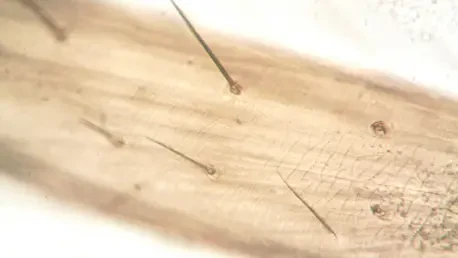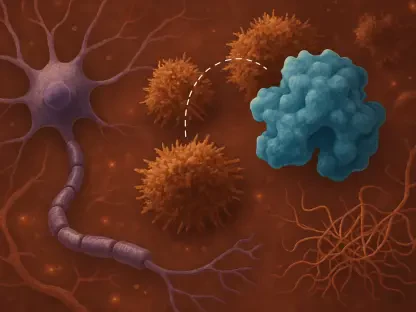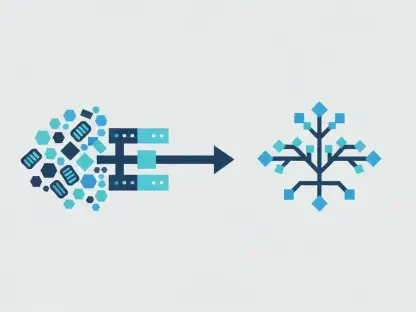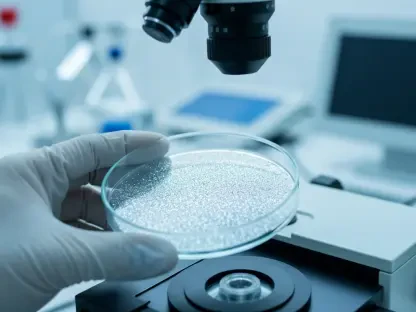The versatile nature of stem cells allows them to respond dynamically to environmental and physiological stimuli, adapting their roles as needed. In the realm of regenerative medicine, the adaptability of hair follicle stem cells (HFSCs) offers unique insight into cellular responses during stress or injury. Under normal circumstances, HFSCs primarily focus on facilitating hair growth. However, during scenarios where regular skin stem cells are compromised—due to physical injuries or environmental stress—these cells can shift priorities, aiding in skin repair. This phenomenon is influenced by a cellular process known as the integrated stress response (ISR). The Rockefeller University scientists have conducted significant research into the conditions that trigger HFSCs to redirect their functions from hair production to skin healing, an adaptation that could have significant implications for medical treatments.
Mechanisms Behind Hair Follicle Stem Cell Adaptation
Integrated Stress Response and Its Role
Under conditions of physiological stress, such as nutrient scarcity or injury, cells activate the ISR, a mechanism that ensures survival by reprioritizing cellular functions. This process is of particular interest when examining how HFSCs respond to changes in serine levels, an amino acid that plays a crucial role in cellular metabolism and growth. A decline in serine, either through dietary deficiency or increased physiological demand, has been identified as a key trigger for HFSCs to cease hair growth activities and engage in reparative functions. The ISR signals these cells to adjust their usual role, ensuring that skin repair is prioritized over cosmetic functions like hair growth.
Experiments conducted on mice have demonstrated that depriving HFSCs of serine causes a marked slowdown in hair growth, aligning with heightened skin repair activity. Genetic modifications further preventing these cells from synthesizing serine independently underscore the reliance on nutrient availability to dictate function. These modifications highlight an intricate balance within HFSCs, showcasing their ability to dynamically shift primary functions in response to environmental cues.
Impact of Serine and Experimental Insights
Dietary manipulation and controlled deprivation experiments have been pivotal in understanding this cellular shift. Mice subjected to low-serine diets exhibited altered HFSC behavior, revealing that these cells adapted by activating repair pathways over hair growth activities. While a high-serine diet did not promote immediate hair regrowth, there were indicators that HFSCs retained some regenerative potential, hinting at complex pathways influencing cellular priorities.
The decision-making process within these cells underscores a significant survival strategy. Repairing skin damage effectively reduces the threat posed by open wounds, which take precedence over maintaining hair during periods of limited resources. These insights propel forward the understanding of how such cellular adjustments might be harnessed or regulated to optimize therapeutic outcomes in regenerative medicine, offering a window into manipulating cell functions by managing dietary and environmental factors.
Broader Implications for Regenerative Medicine
Future Applications in Therapy and Healing
The discovery that HFSCs can alter their functions based on stress factors indicates potential avenues for improving regenerative therapies. As researchers explore ways to modulate serine levels or influence ISR, applications in wound healing and tissue regeneration can be envisaged. By enhancing the body’s natural ability to prioritize repair functions, new strategies may emerge to effectively manage injuries, especially in medical environments where resources are constrained.
Understanding stem cells’ inherent adaptability opens up the possibility of developing treatments that could address conditions beyond superficial skin repairs. These findings lay the groundwork for exploring applications where strategic nutrient management could bolster stem cell efficacy in healing various tissue types. As science delves deeper into the interconnectedness of diet, cellular response, and regenerative outcomes, there exists the potential to redefine approaches to healthcare, leveraging cellular flexibility for improved recovery processes.
Expanding Knowledge and Research Opportunities
Continued research on the nuanced relationship between stress signals and HFSC behavior offers an expansive view of cellular potential. Future studies might explore more complex environments or additional stressors to better map how cells navigate resource limitations. The lessons drawn from hair follicle stem cells provide a foundational understanding, enabling researchers to propose broader frameworks applicable to other regenerative contexts.
From the laboratory to practical applications, the ongoing exploration of stem cell versatility will likely present new questions and avenues for investigation. The interplay between genetics, environment, and cellular function remains a fertile ground for breakthroughs, potentially revolutionizing how regenerative medicine addresses both common ailments and more intricate conditions. This emerging field promises not just advancements in therapeutics but a shift towards more personalized and precise medical solutions.
Strategic Pathways: A Glimpse into the Future
When cells face physiological stress, like a lack of nutrients or injury, they activate the Integrated Stress Response (ISR), which shifts cellular priorities to promote survival. This is crucial in understanding how Hair Follicle Stem Cells (HFSCs) react to variations in serine levels, an amino acid vital for metabolism and growth. A drop in serine supply, whether due to diet or increased demand, prompts HFSCs to halt hair production and focus on skin repair. The ISR directs these cells to realign their functions, emphasizing skin healing over hair growth.
Experiments with mice show that depriving HFSCs of serine significantly slows hair growth while boosting skin repair. Genetic alterations preventing these cells from producing serine highlight their dependency on available nutrients to determine their roles. These adjustments reveal the HFSCs’ ability to balance and shift their primary functions in tune with environmental factors, ensuring skin restoration takes precedence when necessary.









